Cirrus Cycles Kinekt Stem: Getting Rolling – by Guitar Ted
The idea of a suspension stem is not a new one. There are many of you out there that will immediately remember the efforts to ‘suspend the rider‘ back in the 1990’s. Well, now some thirty years later, and here we are with what looks like something similar. Only it is not, really… The Kinekt Stem we are testing here for gravel travel is not like those old sprung stems because this stem is not tasked with doing what those stems were trying to do back in the day. Different mission, different results.
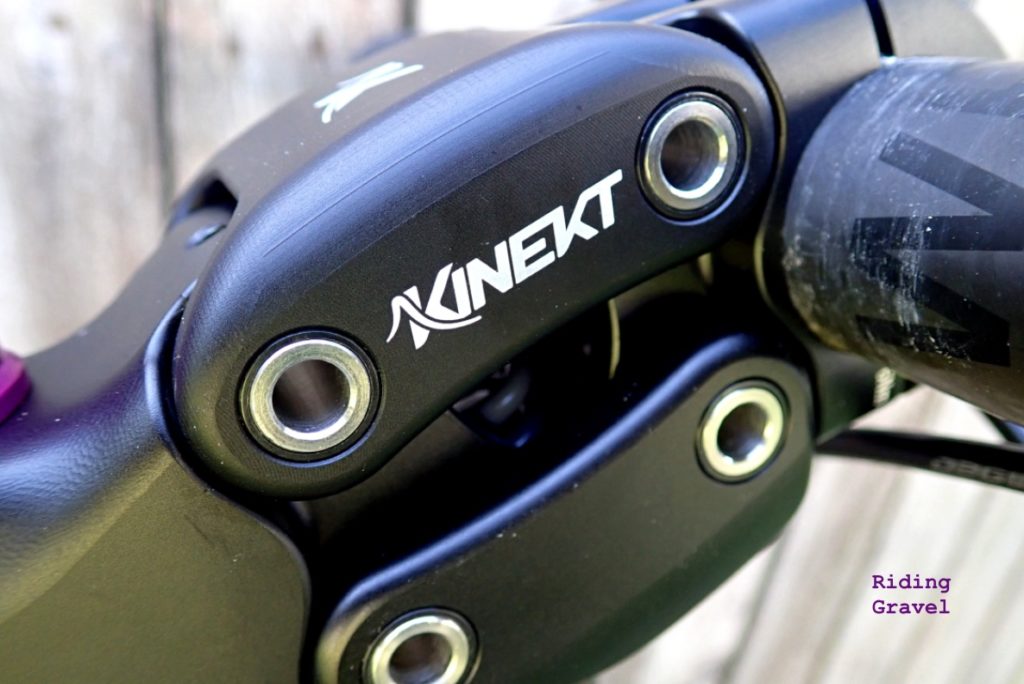
What It Is: The Kinekt Stem is a follow-up product to Cirrus Cycle’s popular and successful Kineckt “Body Float” Seat Post which we have taken a look at here in two previous iterations of that design. So, we at Riding Gravel are pretty familiar with the form-factor and design intentions that this Kinekt Stem has. The parallelogram, coil sprung design is capable of 15-20mm of travel and resists bottoming out with the aid of an elastomeric bumpers.
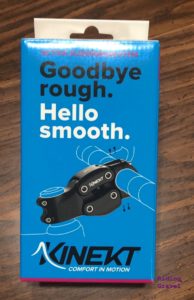
The suspension stem pivots on four stainless steel hollow ‘travel dowels’ which are combined with self-lubricating, dry-running bushings. These bushings are easily replaced, claims Cirrus Cycles, if the need arises. The design uses a single coil spring, unlike the Kinekt seat post, and this spring can be swapped out with a lighter duty or a heavier duty spring, which are included with the stem purchase.
The Kinekt Stem is intended to be an active vibration damping system, not a suspension fork replacement or anything of the like. So, it is not recommended for mountain biking and Kinekt says it will not absorb the ‘big hits‘, so with that in mind, the recommended set up is to chose a spring which gives a bit under the hands. Kinekt claims that for most riders this will be with the installed, medium spring.
Kinekt claims that the set up recommendations will provide the best experience for road and gravel riders. The active spring will absorb most of the higher to mid-frequency vibrations which should result in greater rider comfort.
The Kinekt Stem comes in four versions: 90mm X 7°, 105mm X 7°, 120mm X 7°, and a 100mm X 30° rise version. All versions are not ‘flippable’ and must be oriented in a positive rise. The stem is compatible with all 1 1/8th” steer tubes and any handle bar with 31.8mm clamp diameter. Drop bars, flat bars, and even swept back bars are okay to use with the Kinekt Stem. The Cirrus Cycles Kinekt Stem is available from various retailers and in 18 countries world-wide for US$179.99. To learn more about Kinekt products and where you can purchase a Kinekt Stem see https://www.cirruscycles.com.

First Impressions: The Kinekt Stem comes smartly packaged and the instructions are clear and simple to follow. The stem is chunky and looks very well made. Yes……it is heavy. No getting around that with the use of a steel coil spring, stainless steel axles, and those big parallelogram bits. Our sample weighed in at 497 grams. We have the 105mm version, by the way.
Cirrus Cycles defends the weight by claiming that their system weighs competitively with other systems like the Future Shock internal suspension system found on some Specialized bikes and with the Lauf Grit fork. However; its most direct competition, the Redshift ShockStop stem is significantly lighter. The ShockStop Stem I removed to install the Kinekt Stem weighed in at 284gms.
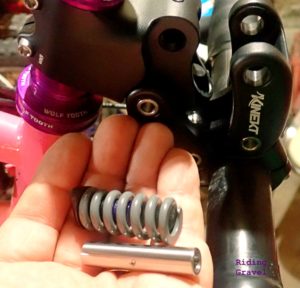
Once you get beyond the weight you notice the design of the stem looks burly and very durable. I doubt there is any worry here concerning flex or twisting motions. How long the bushings last would be key, but with how heavy-duty things appear to be, my bet would be that the stem will go many miles before any maintenance might be necessary.
The Kinekt Stem instructions recommends you start out with the installed ‘medium’ spring, but I did not even have to ride the bike to realize that, for my tastes, that was too light a spring. While I wasn’t sagging all the way through the travel when sat on my bike, I was close. This did not seem optimal to me, so I went ahead and changed to the firmer spring provided. By the way, there is no preload or any way to stiffen an already installed spring, as with Kinekt’s seat post.
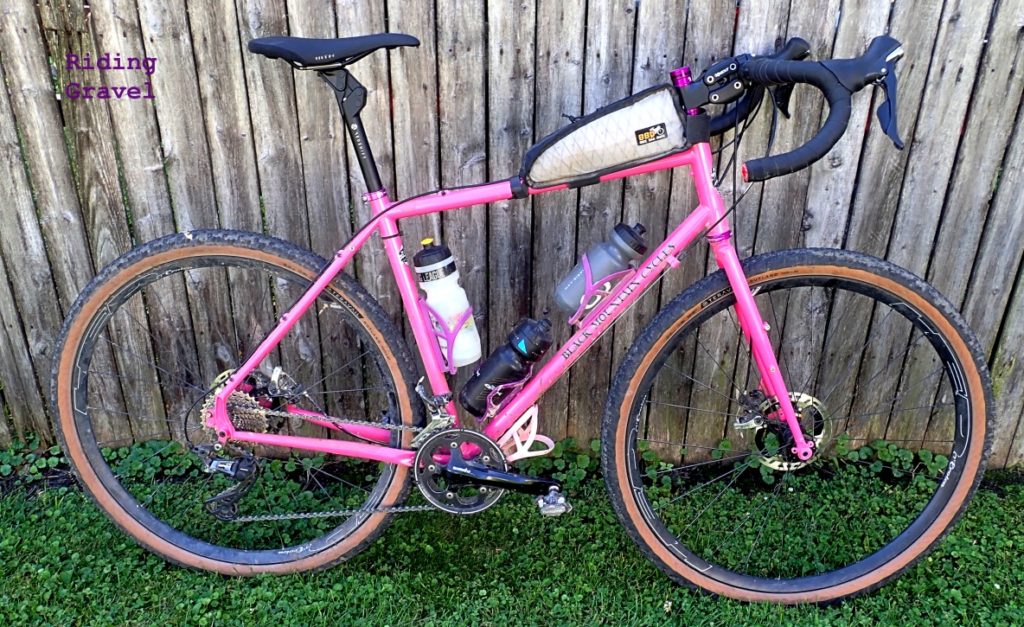
Swapping out springs is pretty straight forward and it took me all of ten minutes to get the job done. there is a little spacer at the bottom of the spring that just floats there in a little pocket machined into the lower of the two plates that sandwich the spring. Be careful it doesn’t migrate to the back of the stem because unless you were aware that it was there, you’d never know until it was too late. Otherwise the only other critical thing to get right is to align the pivot dowel so the divot in it aligns with the grub screw.
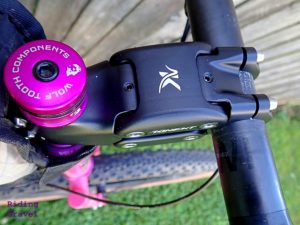
I installed the stem on my Black Mountain Cycles MCD and I have to say, it is a bit of an ugly duckling in the stem world, but I don’t pay attention to what my stem looks like when I am riding, so there is that as well. Beyond the looks, my test ride showed that yes- the stem is very active when riding. The travel path is vertical, so it is not as noticeable as it might be with a single pivot design, like the Redshift, which I do notice the travel on. That said, the Redshift stem doesn’t bother me, but it might bother some other riders.
The Kinekt Stem seems to be smooth and it doesn’t make any weird noises or feel flexy at all. I’ll have to get this thing out on the gravel to see how it deals with coarse, deep, rough gravel and dirt roads around here. Stay tuned for that in my “Checkpoint” post coming in a few weeks.
So Far…. The Cirrus Cycles Kinekt Stem is a vibration absorbing component that works off a single coil spring. It is beefy and well built, resulting in a component that should be tough, albeit on the heavy side. The stem comes with two swappable springs allowing the owner of this stem to adjust the ride characteristics. The ride is an active one with the stem moving quite a bit while riding. More soon as I get it out on the gravel.
Note: Cirrus Cycles sent the Kinekt Stem over for test and review to Riding Gravel at no charge. We are not being paid, nor bribed for this review, and we always strive to give our honest thoughts and opinions throughout.


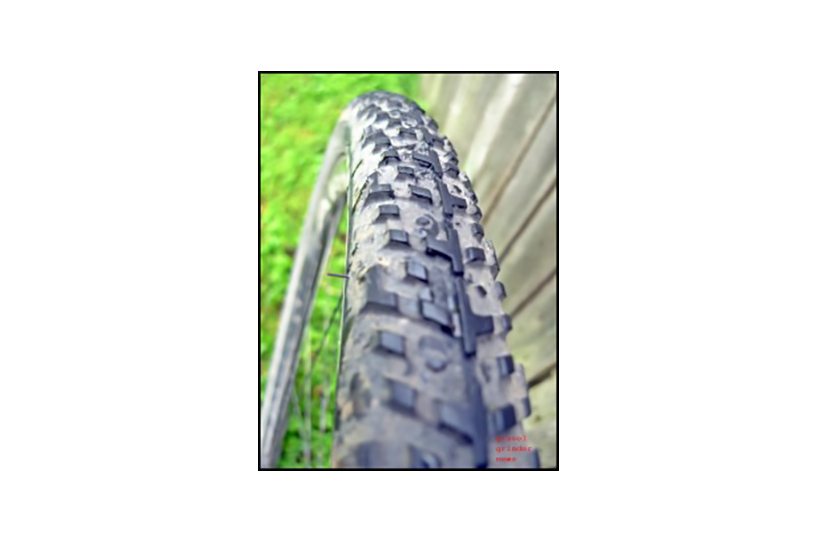
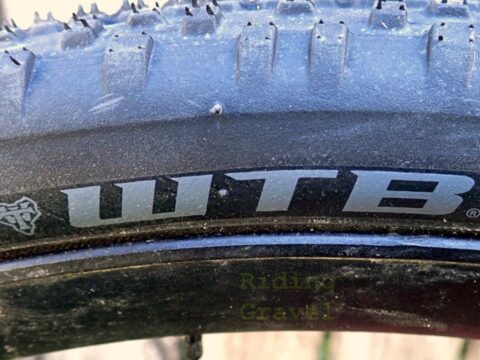
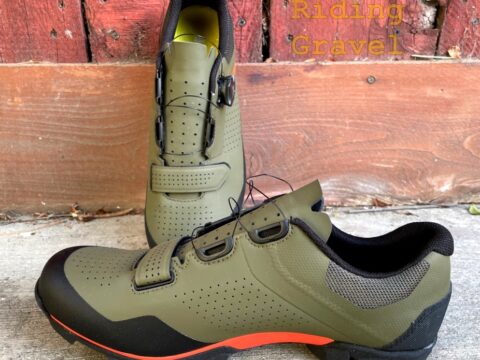
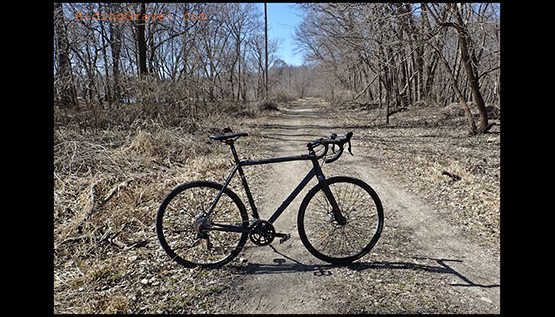
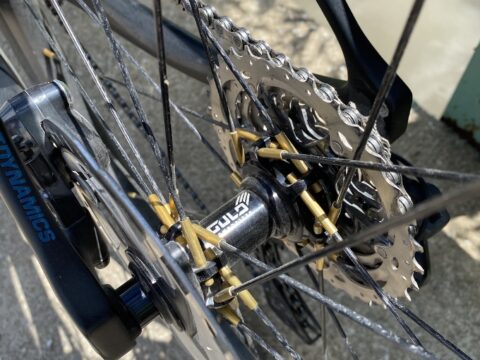
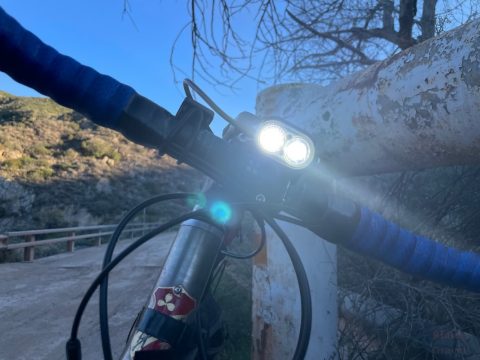
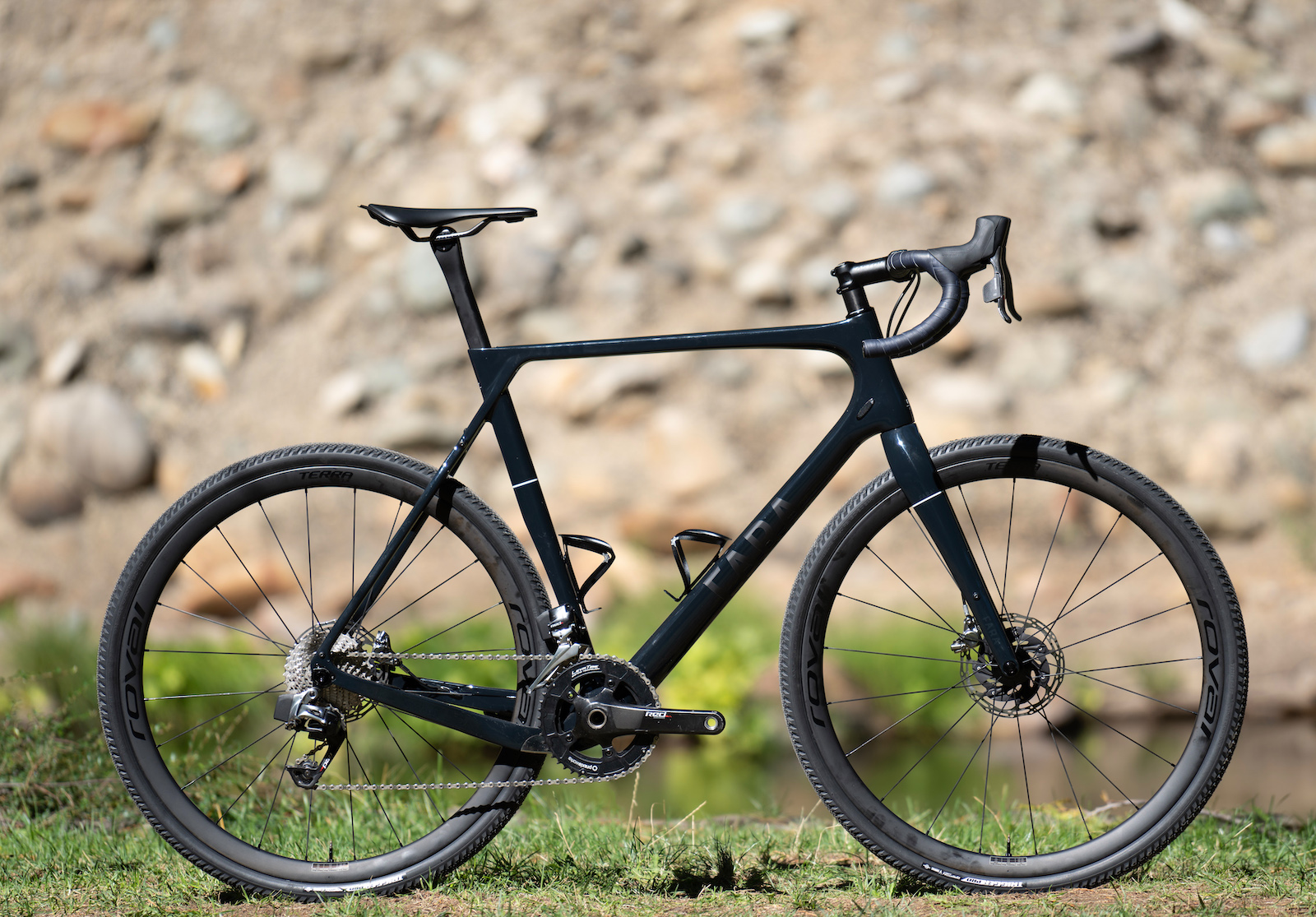
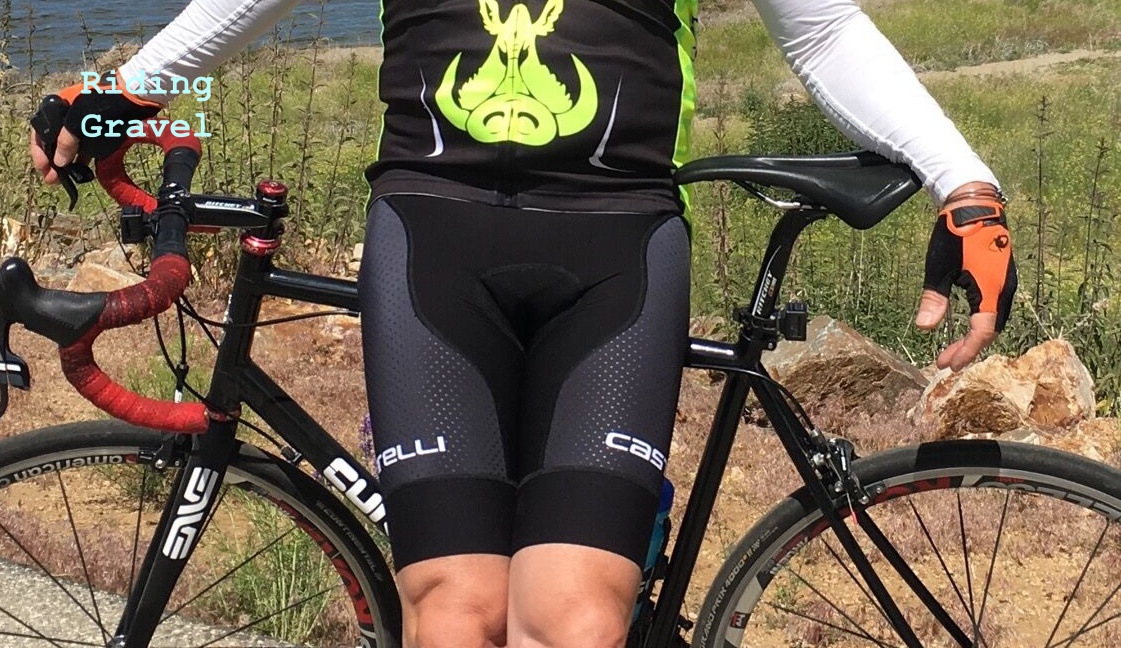
How soon before someone buys the IP for the old Softride suspension stems and brings those to market? This looks like a pared down version of that technology.
I have a Redshift Shock Stop now and it is great. The Kinekt would have to really deliver amazing performance over the Redshift for me to justify a stem with double the weight and looks that only a mother could love.
If a mother would love those stems, I will love them too. A billion men will love this Kinekt suspension stem. You must be a sales guy for Redshift huh.
Just remember one thing, Suspension means ‘Spring’ or a ‘Load Spring’ for an engineer, not a rubberrr/elastomerrr that will melt down into a liquid like ice cream on a 45 degree summer day.
I bought my Kinect stem during their kickstarter campaign based on the brilliant performance of the Kinect seat post I purchased years ago. We’ve been waiting for this product for a while, and so I wasn’t surprised when it arrived and delivered similar stellar performance to the post. I prefer to set the stem up so that I am in the float, as opposed to the post where I appreciate being just slightly above the float. This allows me to dampen 100% of the time at the handlebars. As for something to compare to, there really isn’t anything that I’ve ridden. It isn’t like riding large low pressure tires that changes the bike performance drastically. It feels like a highly sophisticated targeted engineering solution to the problem of vibration. A solution that doesn’t change the positive characteristics of the rest of your ride. Yes, the combination is heavy. So is Gatorade. I ride Enve carbon rims on a lightweight steel frame of my own design. I actually engineered the bike with the Kinect system in mind, trying to build a bike that would allow me to have a little feeling left after a full day in the saddle. This product really is all about comfort, which translates to performance once you aren’t worrying about the washboards, ruts and potholes and the like. Chipseal just disappears. I’m running the 105 with the medium spring. Buy the stem and the post. They compliment each other well. And get the sock to keep the mud out of the works. I sewed a sock for the stem too, since they aren’t selling one yet. Every friend that has ridden my bike as bought a set. They don’t do a lot of advertising, so you’ll most likely meet Charlie at a race or an event and he’ll hook you up. If not, just order one from their website and try it out. Nothing to lose with the 30 day guarantee. It’s shocking what a difference it makes after a couple hours in the saddle.